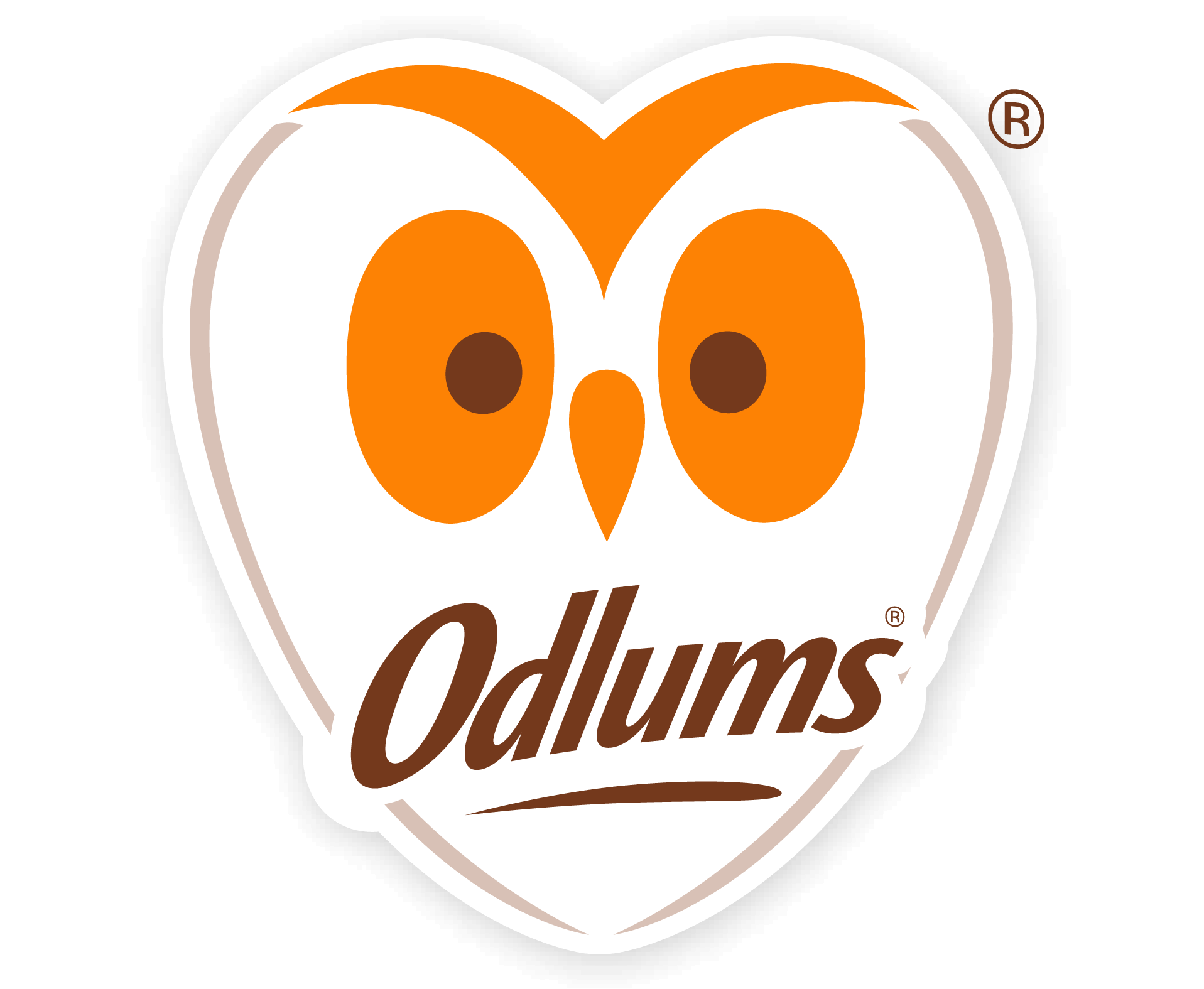HISTORY OF WHEAT
Wheat originated over 10,000 years ago in regions like Syria and Palestine, evolving from wild grasses. Early uses were raw or roasted, but milling improved taste and texture. Agricultural advances, from crop rotation to mechanisation, boosted productivity. By the 20th century, innovations like the combine harvester made wheat farming more efficient, cementing its place as a key global crop.
HISTORY OF OATS
Oats, historically a staple in Ireland, have been consumed for centuries primarily in the form of porridge. While other grains like wheat and barley dominated, oats offered a reliable source of nutrition, especially before potatoes became widespread in Ireland in the late 16th century. Oat porridge has seen renewed popularity in modern times, now regarded as a healthy and versatile breakfast dish.
HISTORY OF BREAD
Bread, one of the oldest foods known, has long been wheat’s primary use. In Ireland, early bread was made from wild grains and water, cooked over fire. Egyptians valued bread as currency. Romans refined milling and leavening, while Normans popularised wheat loaves. By the 11th century, bakeries and guilds regulated breadmaking, evolving into today’s diverse range of global breads.
HOW FLOUR IS MADE
Flour production starts with wheat stored in silos and tested for moisture. It’s then cleaned using sieves, de-stoners, and magnets. After conditioning and blending, the wheat is milled through rollers that separate and grind the grain. The resulting flour is quality-checked, packed, and classified by extraction rate, wholemeal retains the full grain, while white flour is more refined.
